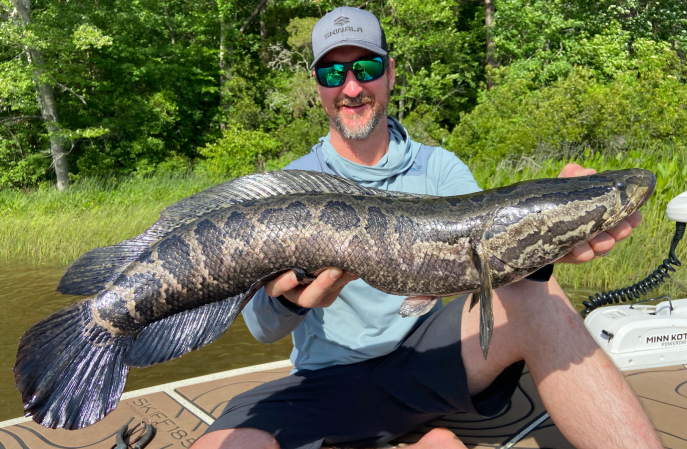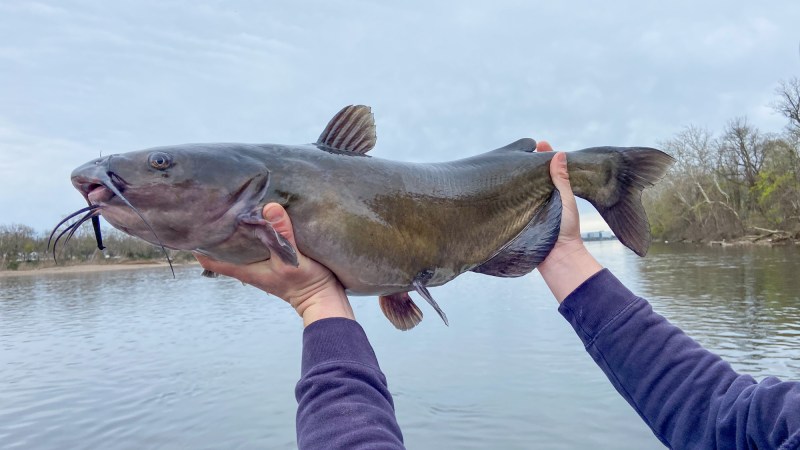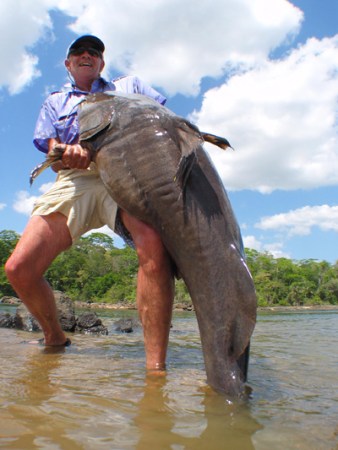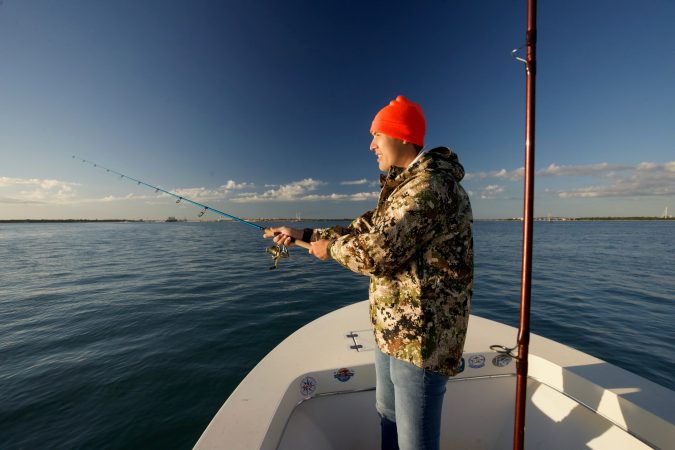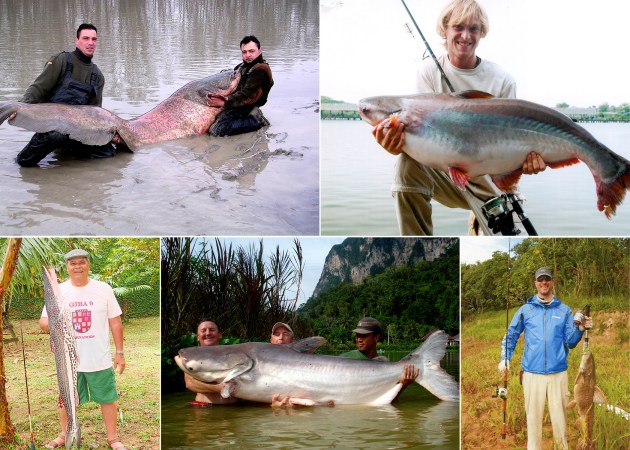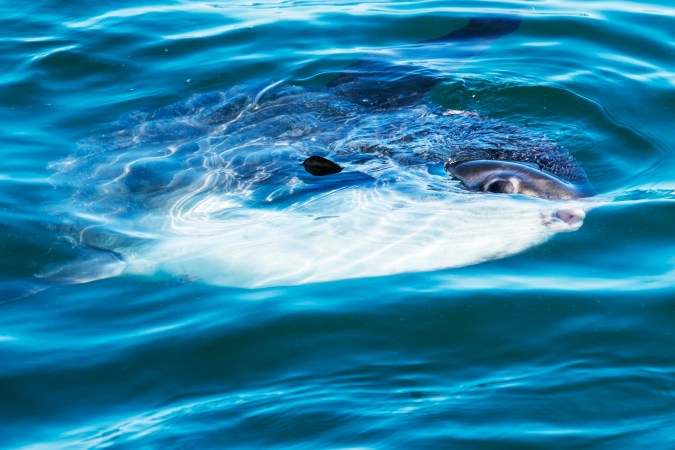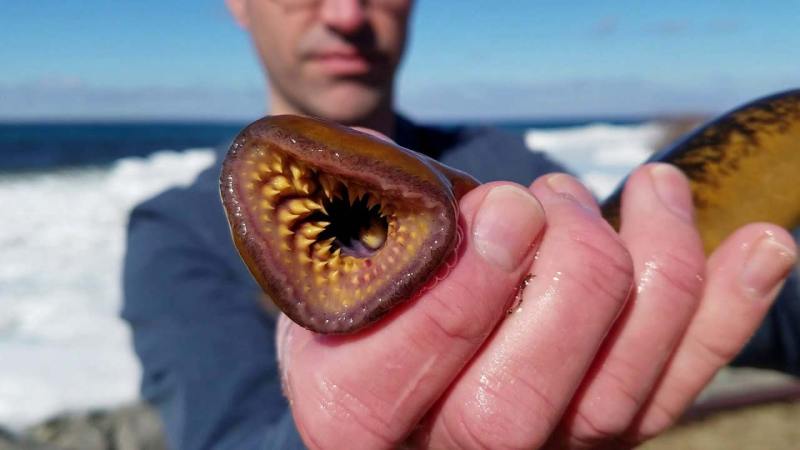
Outside of the ones that can eat a human being whole, fish aren’t generally thought of as being dangerous to your health. There are some, however, that can hurt you plenty whether it be from their teeth, poisonous spines, gill plates or plain old brute strength. Here’s an armful of finned foes you need to either handle with the utmost care or just not handle at all.
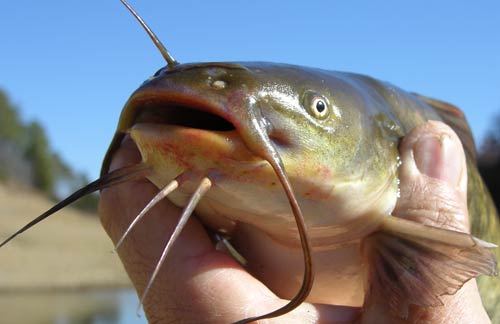
As if croaking at you wasn’t bad enough, bullhead (and other species of catfish) come fully equipped with spines (2 lateral, 1 dorsal) capable of puncturing your skin, and in at least one case, killing you, explained late radio broadcaster Paul Harvey.
According to Harvey, two brothers were catfishing one day when they decided to play a game of catch with their catch. Tragically, one young man caught the catfish in his arms and as he brought the fish to his chest to secure it, the cat’s spine punctured the man’s heart killing him instantly.
Freshwater bullhead and catfish spines aren’t likely to kill you, but they certainly can hurt–sometimes for days. There are a number of home remedies said to cure a catfish sting from vinegar to urine to rubbing the cat’s belly on the wound area. But if you are stung, it’s best to clean the wound thoroughly to stave off infection and monitor the puncture site for several days. If pain and swelling continue, seek medical attention.
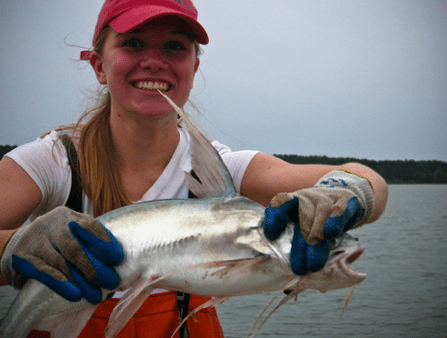
While most freshwater anglers handle their catfish and bullhead cautiously, they will handle them. Veteran saltwater fishermen know to keep their cats at arm’s length preferring not to handle catfish at all. Hardhead and Gafftop Sail catfish are common species and although it’s debatable as to whether their sting is more painful than a freshwater cat’s, few will argue the ache quotient. Simply put: it hurts like hell and the barbs are perfectly capable of going through the sole of a boat shoe or flip flop.
It’s best to completely avoid handling saltwater catfish if you can. Use a fish de-hooker whenever possible or simply cut the line if the fish has swallowed the bait too deeply. Again, sting relief home remedies abound from fish slime to tobacco to household bleach, however the best remedy is to not get stung in the first place.
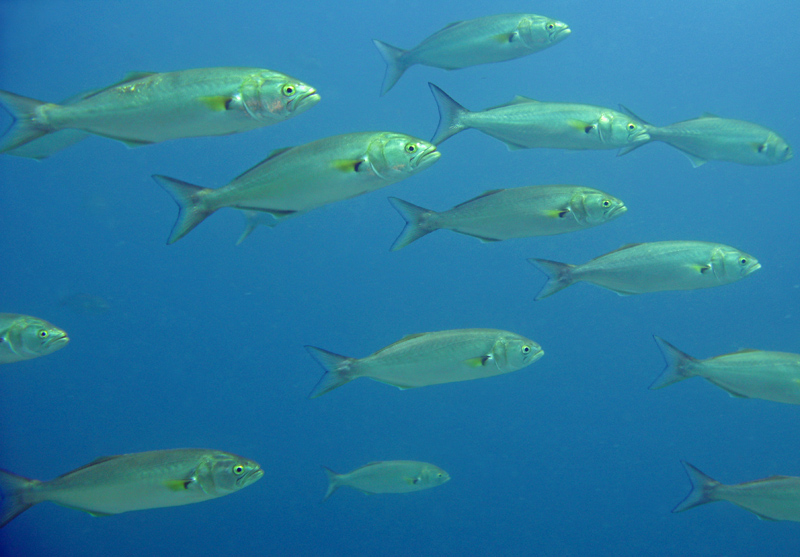
If a hungry bluefish (aka chopper) were to go head to head with a piranha, my money would be on the bluefish. Saltwater anglers are very well acquainted with the brute strength of these yellow-eyed battlers–for my money, the hardest fighting fish that swims. What they possess in strength is surpassed by their ferocity. A school of feeding blues will cut a bunker pod to ribbons. If they had a taste for human flesh, no one would go swimming.
There are indeed those times when one is left to wonder about the blue’s appetite for human. Mangled fingers cut to the bone will be your souvenir for a careless hook extraction, and when a chopper gets its teeth into you, making him let go can take several agonizing minutes. Legend has it that the bluefish is the only fish that can see as well out of water as it can while swimming. True or not, bluefish seem to bite with purpose and it hurts. Boga grips and long-handled pliers are a smart play on a bluefish boat.
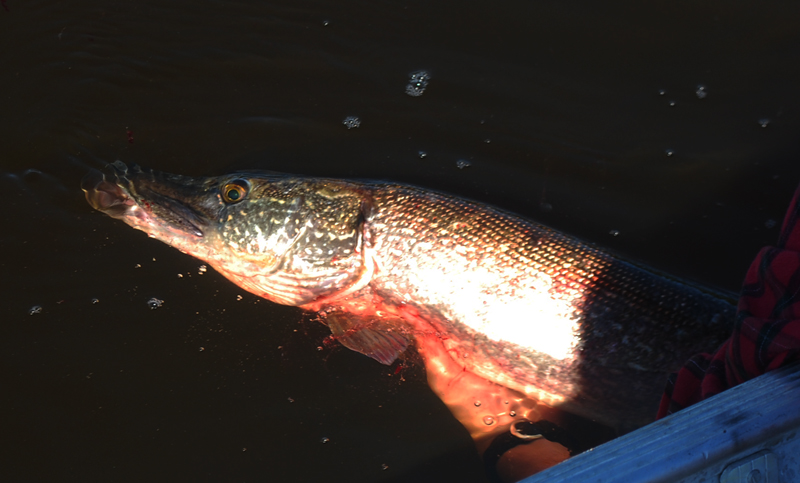
Any fish that snacks on birds and ducklings should be feared, right? Eh, not really at least when it comes to muskies and pike. Yes, they have a gaping maw full of sharp teeth and know how to use them and also have a sharp gill plate that can cut your hand, but you’ve got far more to fear from flying hooks.
The key to safely handling big fish is to keep control of its head in order to contain the wild thrashing and rolling that can leave you with a hook in your hand or even worse. If possible, leave the fish in the net and partially submerged. Extract the hooks with long-handled fishing pliers and then release your fish.
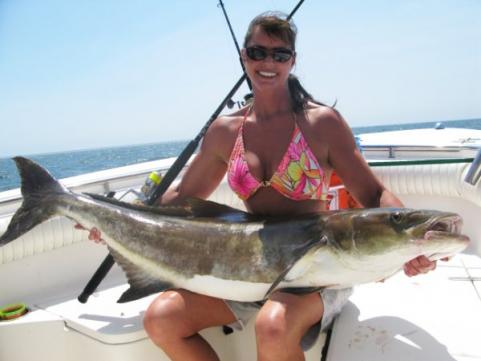
Often mistaken for sharks by novice anglers, cobia (aka lemonfish, brown torpedoes) can put a hurting on you in a variety of ways. First, cobia fight like mad and 50-pounders jigged up from deep water are back busters. Good technique is all-important when fighting a big fish. But the real danger comes when you get the fish to the surface.
No fish reacts especially well to the gaff, but cobia seem especially steel-shy. If you happen to be the gaff man, hit him hard and hold on tight. Big fish are perfectly capable of breaking your wrists. Cobia are also notorious for their ability to bust up the inside of your boat and any tackle that happens to be in the way. If you’re fortunate to have a fish box, deposit the fish directly into it. Be sure to warn the crew to stand clear of the floppers–a cobia’s dorsal fin consists of 7 to 9 very sharp spines.
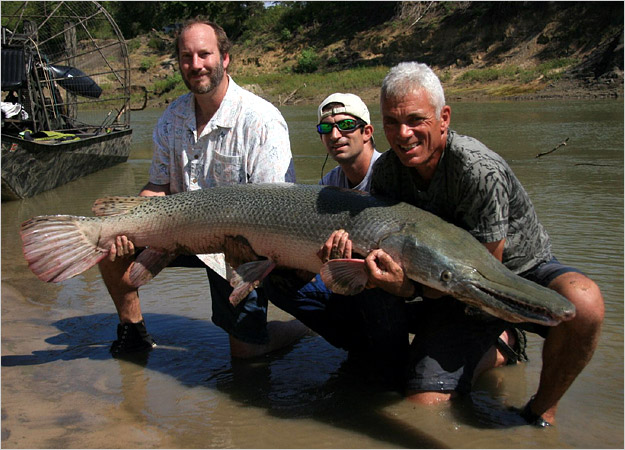
Dangerous fish? River Monsters host Jeremy Wade should know better than most, right? So here’s what he says about prehistoric alligator gar:
“The alligator gar stands accused of vicious human attacks, most notably in Lake Pontchartrain in Louisiana,” Wade said. “A New Orleans newspaper once published an article contending that the alligator gar is more dangerous to human life than the man-eater shark. But little evidence exists to suggest that this fish is actually aggressive towards humans.”
Capable of reaching 200-plus pounds, gar require stout tackle and because of their mouthful of needlelike teeth, releases must be handled carefully. Very large fish will require time to land, and you may find it necessary to adjust your drag to wear it down. Never try to land a green fish and be especially careful of lively runts, which can throw a treble with the best of them. Gar have been known to bite aggressively in self defense so it might be best to gill gaff them in order to properly control their head.
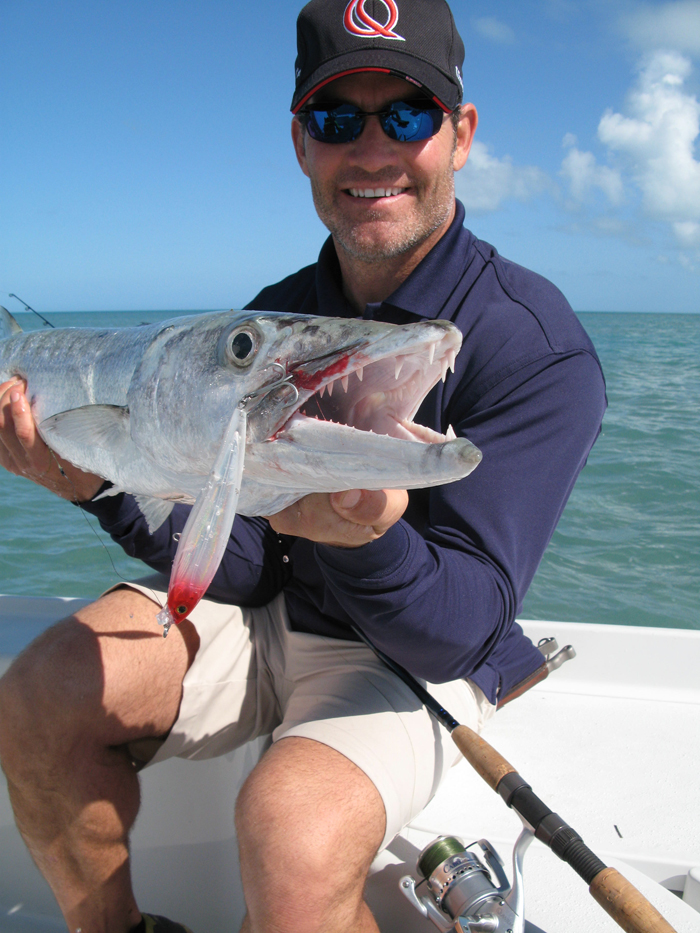
I place complete blame for my fear of barracuda on Diver Dan—a completely forgettable 1960s children’s show. Hell, I still remember the theme song:
“He moves among creatures
of frightening features;
Flashing teeth, slashing jaws, flapping fins, snapping claws!
He protects and he saves
his friends under the waves;
That’s where you’ll find Diver Dan!”
Well, one of the creatures he was saving was a barracuda, which swam menacingly past Dan’s dive helmet on every show. I haven’t liked these finned missiles with teeth ever since—although they’re way cool to catch on a fishing rod.
For many Florida charterboat skippers, ‘cudas are relied upon as day savers. In other words, when captain’s get shut out on their target species, they can always rely upon barracudas to entertain clients. They are a great gamefish capable of hitting a lure with unparalleled ferocity followed by picturesque vertical leaps.
Treat all barracuda with TLC, especially as they near the boat, which is where they will likely jump for the last time. Leave bigger fish in the net and partially submerged when unhooking them. Always use pliers for lure extraction. Small fish can be grabbed just behind the head.
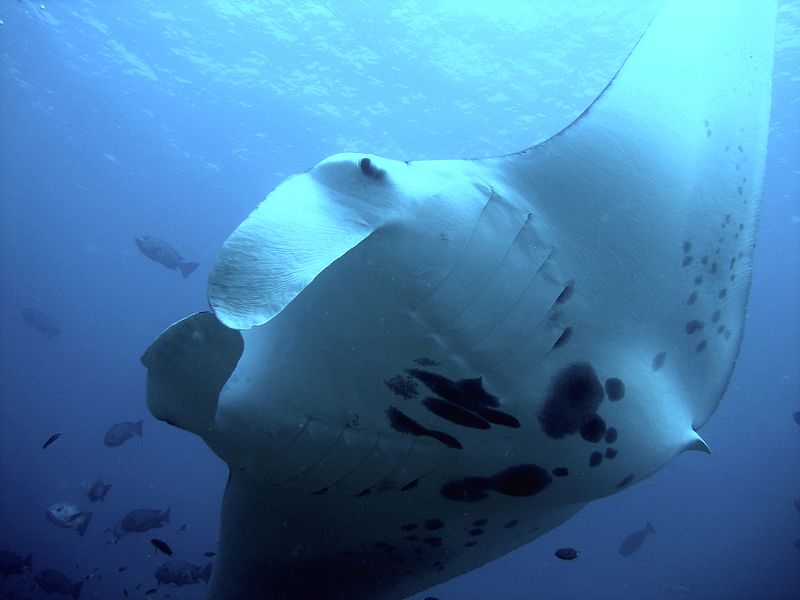
Few anglers purposely fish for rays and we’re real good at cussing them. Some rays sport venomous spines at the base of their tails while others have them at their tips. I prefer not to investigate too closely. If you’re on a boat, use the gunwale for leverage in the de-hooking process. However, I’m generally not that attached to my baits and simply cut the line a foot or so above the ray’s mouth.
Giant manta rays are another matter entirely. Once while fishing in the Gulf, I had the awe-inspiring misfortune of hooking into a manta, which leapt 10 feet out of the water on several different occasions. It was a pretty cool sight until the entire crew came to the realization that we’d be far better off fighting a yellowfin tuna for an hour or so than we would be messing with a manta.
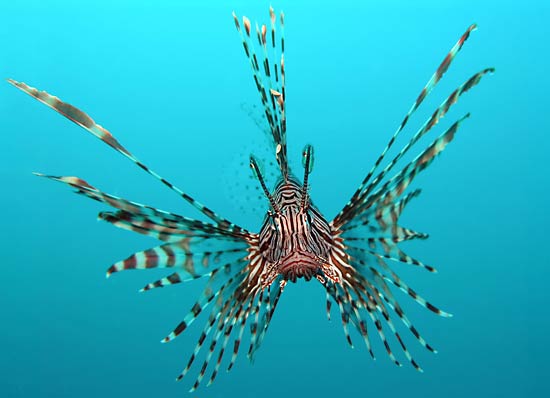
Mario an experienced fish keeper from Epic aquarium says that “They may be pretty cool to look at in a saltwater fish tank, but lionfish have become an invasive scourge from Virginia to Miami. In the Dominican Republic, lionfish have become so overpopulated that residents in some areas refuse to go swimming for fear of stepping on them. Lions are not aggressive (at least to humans), but feature multiple venomous spines capable of imparting a very painful sting. They have no natural predators and are capable of eating 30,000 juvenile fish a year.
Although I’ve not ever eaten one, many claim that they are quite tasty. The utmost caution should be used when handling lionfish. Always wear gloves. To prepare them for the table, remove all the spines with scissors before continuing the filleting process.
If stung by a lionfish, it’s recommended that you apply hot water to the wound for 30 minutes. If pain persists, seek medical attention.”

Sharks qualify as the “duh” fish of our list, but no aggregation of handling advisories would be complete without at least mentioning them. Chances are that if you’re targeting sharks, you’ve got at least some experience in handling them or are fishing with someone who does. If not, then enjoy the fight. With fish small enough to lift from the water (about 20 pounds), get a wrap on the leader and pop the line a couple of times. They fish will typically come free.
On bigger fish, utilize a long handled Arc Dehooker or needle nose pliers to free the fish. Sharks, even those that appear to be battle worn, can spring to life quickly and are ultra-quick. If you don’t know what you’re doing, cut the line and be done with it.
Billfish, wahoo, king mackerel, tigerfish, scorpionfish and piranha are a few other not-so-surprising species worthy of our list, but walleyes and perch are worth a mention as well–their treacherously sharp spines and teeth can deliver a hurting and are somewhat prone to infection. So what makes your list? We’d love to hear from you.



